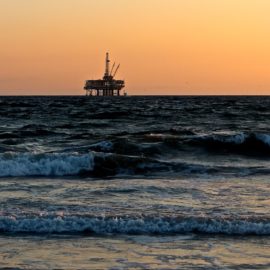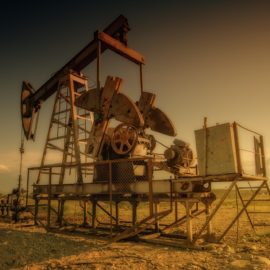
Energy regulators are allowing oil and gas companies to abandon pipelines in the Gulf of Mexico at an increasing rate and with little oversight while failing to monitor the integrity of almost 9,000 miles of active pipelines, a federal audit has found. In a report to Congress, the U.S. Government Accountability Office determined that federal regulators rarely conduct or require underwater pipeline inspections. Instead, the U.S. Bureau of Safety and Environmental Enforcement, which regulates the offshore industry, relies on reports of sheens or oily bubbles on the water’s surface and pipeline pressure sensors to detect leaks. Both methods are considered unreliable even by BSEE officials, who noted that subsea currents diffuse and spread leaked oil and gas, especially in deep water where most oil and gas production occurs, “thereby making any observed (oil or gas) difficult, if not impossible, to associate with a specific pipeline,” the GAO report said.
nola.com

The GAO found that the offshore oil and gas industry has left behind about 18,000 miles of inactive pipeline in the Gulf since the 1960s. While federal rules require removal of decommissioned pipelines except in special cases, the GAO found that 97% of pipelines have been allowed to stay on the seafloor. “Such a high rate of approval indicates that this is not an exception … but rather that decommissioning-in-place has been the norm for decades,” the report said.
No one knows if there is still oil or gas in the lines and once they are decommissioned no one checks and inspects the lines and , even worse, if they leak later there are no dedicated monies available to repair the leak and clean up the residue.
Environmental groups praised the report. “The oil industry needs to clean up its messes in the Gulf of Mexico and stop making new ones,” said Miyoko Sakashita, oceans program director for the Center for Biological Diversity. “This report shows how corporations profit from polluting our water and air, leaving the rest of us to pay the price.”
The problem only worsens as the pipes age as they are often broken by fishermen, dredges, and hurricanes. They impede the State’s efforts to dredge sand for beach renewal. In 2004 hurricane Gustav toppled a platform through a mudslide caused by the storm.
The GAO recommended that the BSEE update its pipeline regulations to improve safety and oversight and reduce environmental risks. In a response, the BSEE’s parent agency, the U.S. Interior Department, said it “generally agrees with the report’s findings and concurs with the recommendation.” The department stressed that the BSEE was already working toward fixing many of the problems noted in the report. That may be the case, but the BSEE’s process is exceedingly slow, the GAO says. In 2007, the agency unveiled a host of proposed rules aimed at improving pipeline integrity, inspection protocols and leak detection technologies. Six years later, the BSEE again affirmed the need to update pipeline regulations, but little progress has been made. “Without taking actions to develop, finalize, and implement updated regulations to address identified oversight gaps, BSEE will continue to be limited in its ability to ensure the integrity of active pipelines,” the report says.
This is truly a case where the oil industry needs to have their feet held to the fire and be made to clean up what they install.



